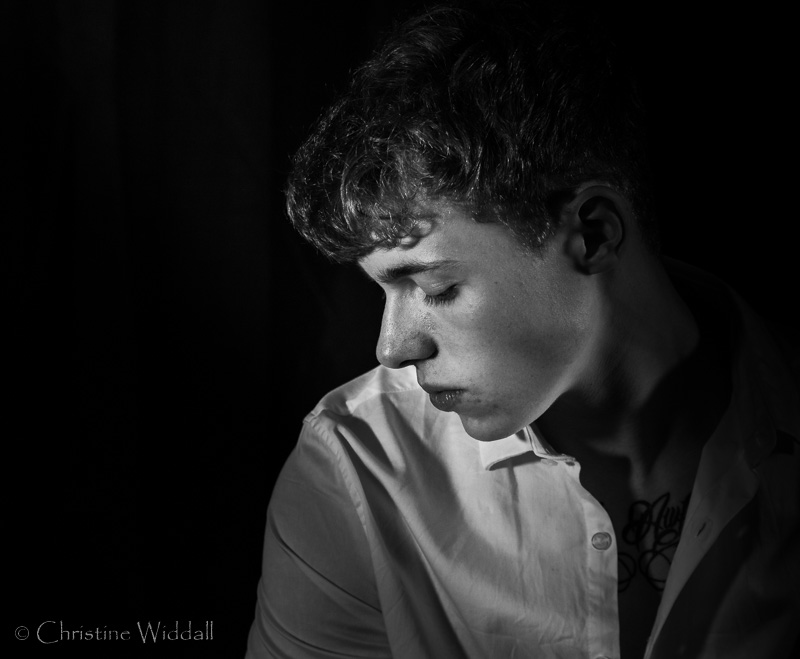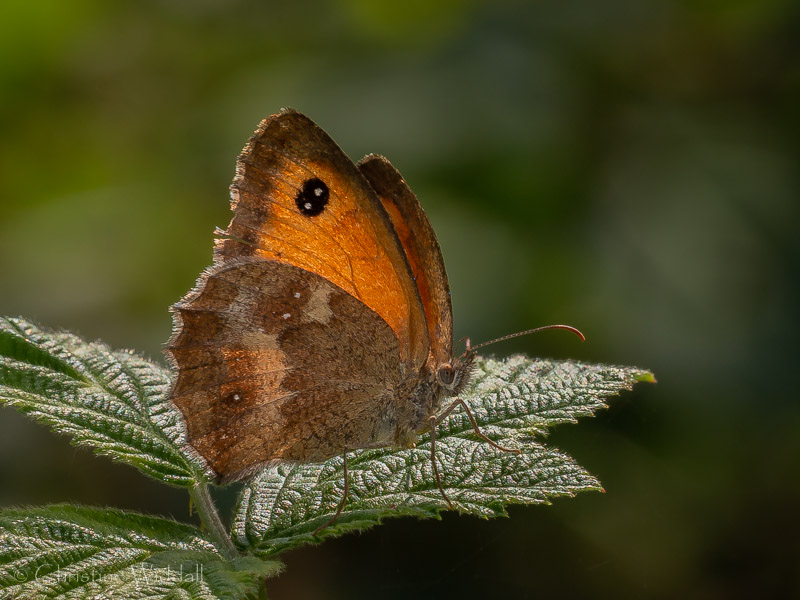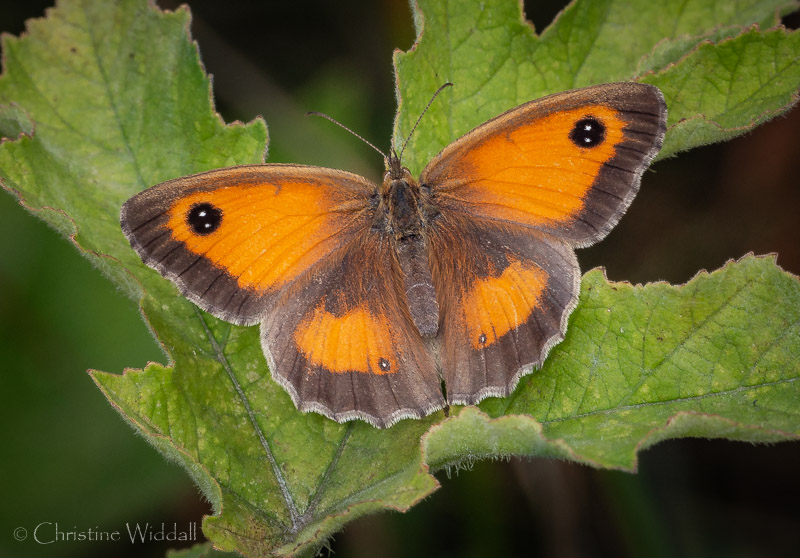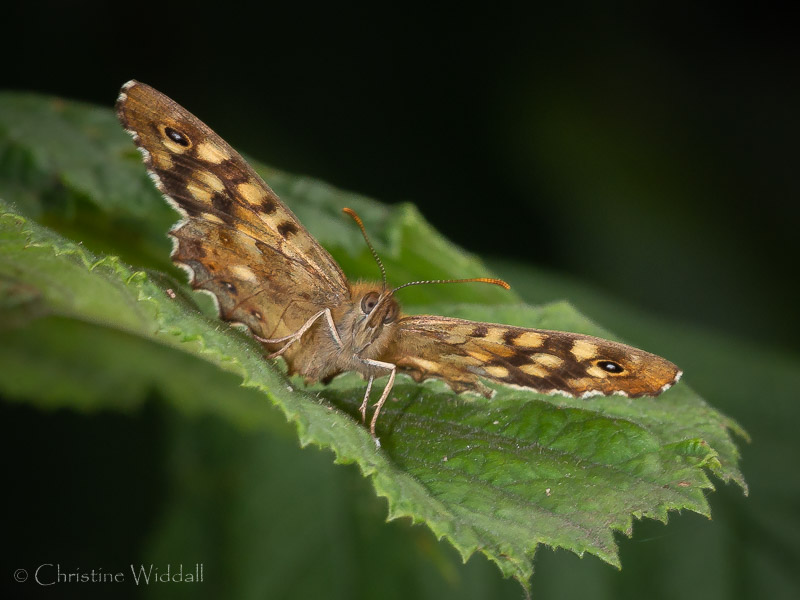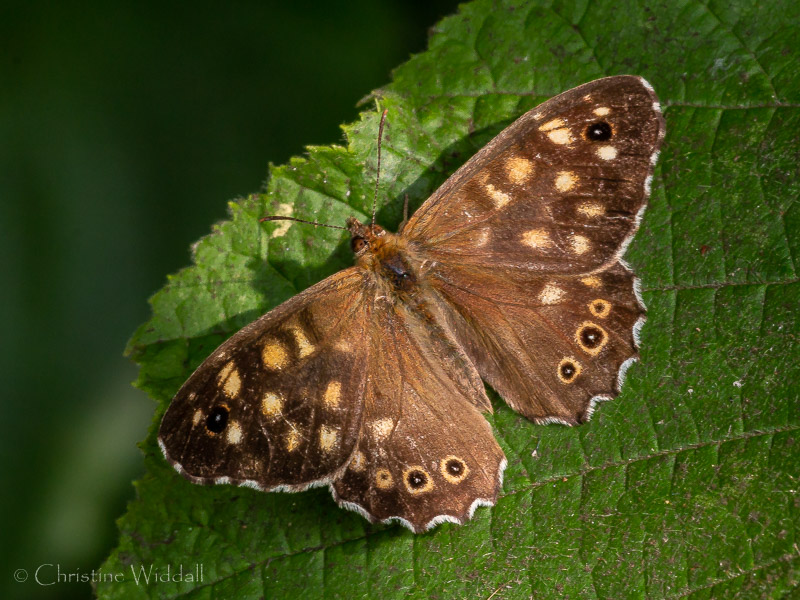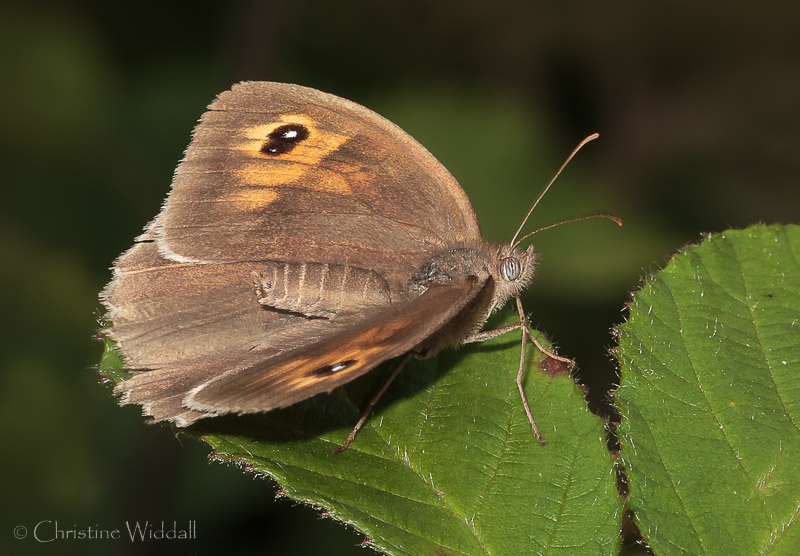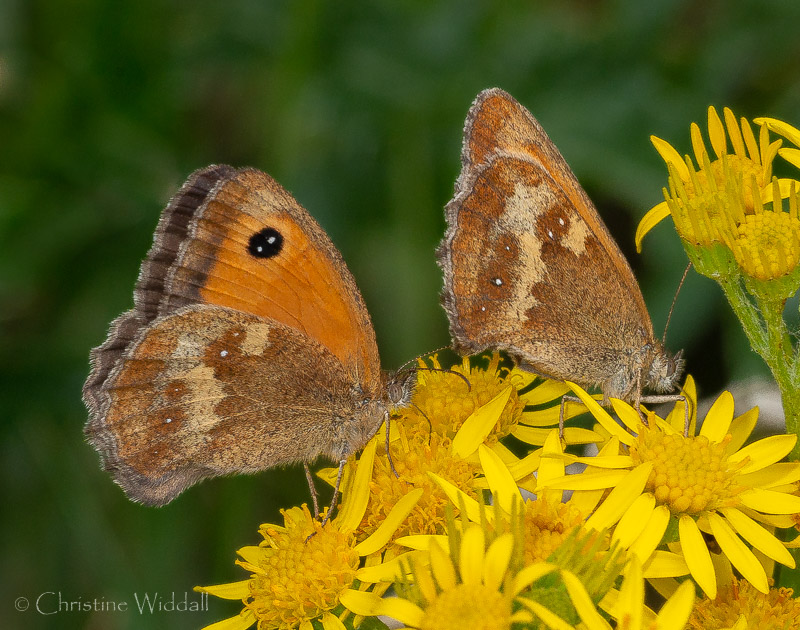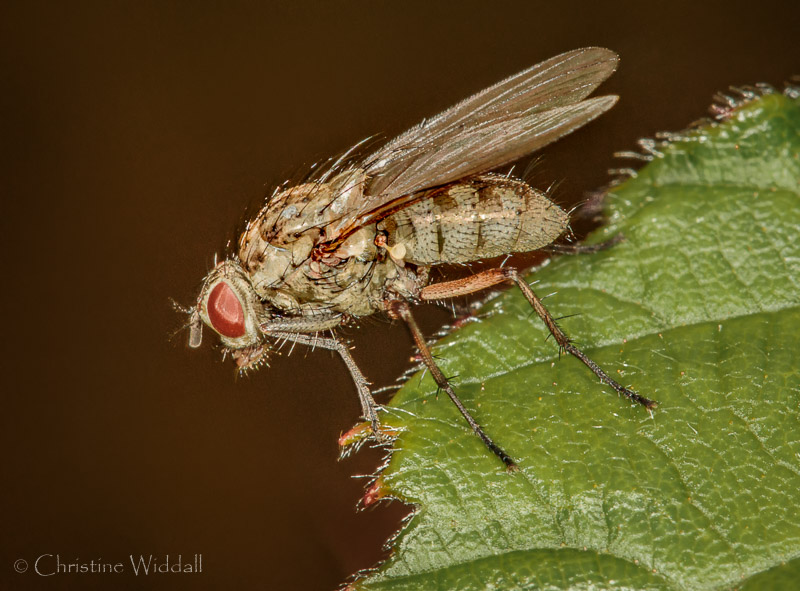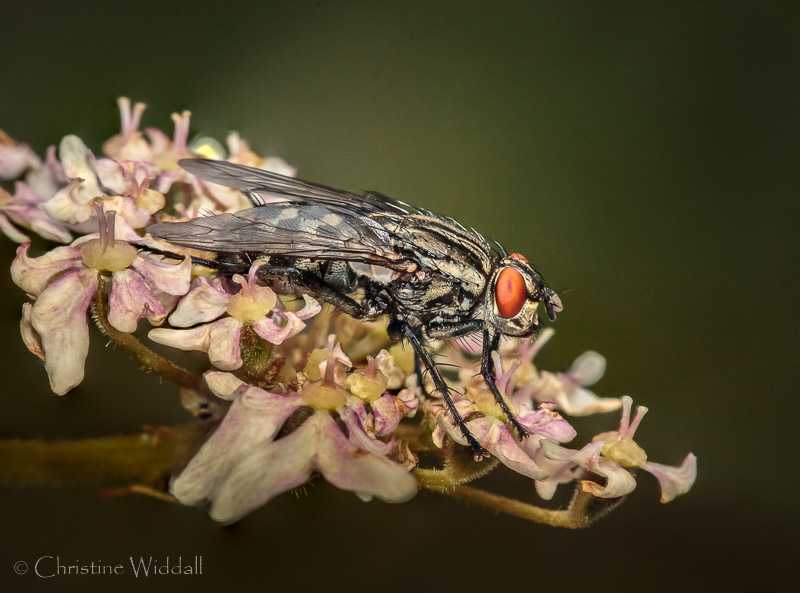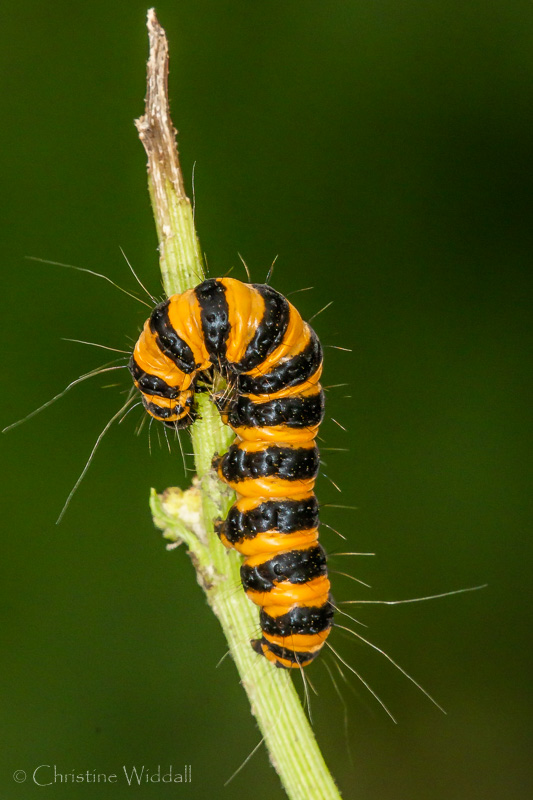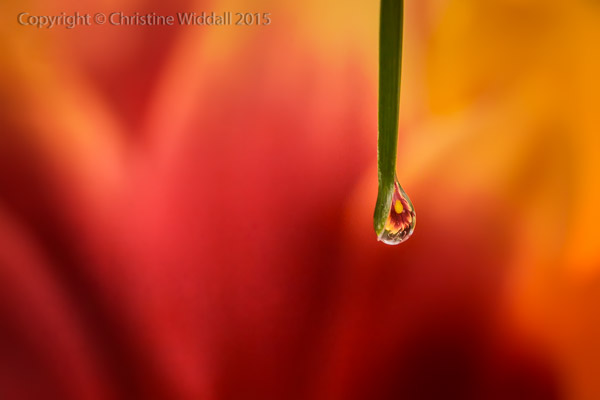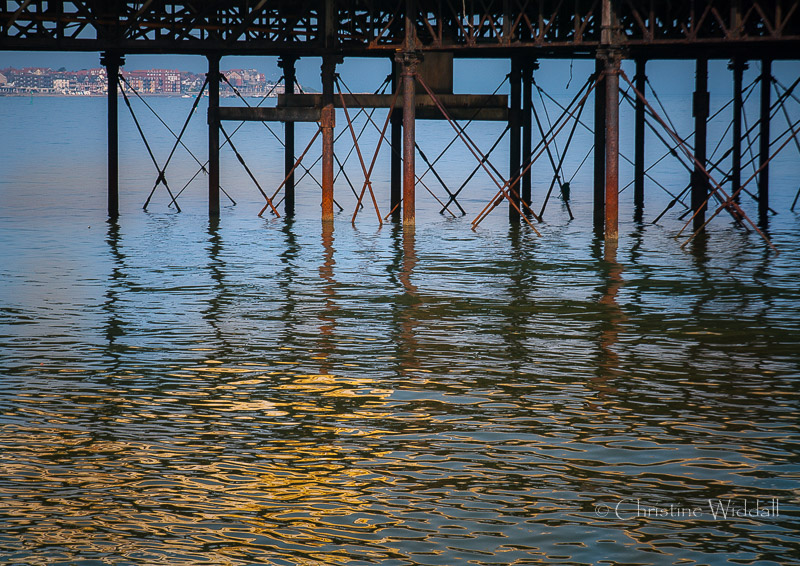A few more butterflies and bugs
Photography is often about responding to what is around you…at least, it is for me. Since the ongoing drought has dried up local ponds and damaged habitats for damselflies and dragonflies, which are my favourite summer subjects, I have contented myself with practicing my skills by photographing other small creatures. So, again, my blog this week contains butterflies and other insects. This area on the western side of the Pennines doesn’t attract many of the big showy brightly coloured butterflies, though we do see the occasional small tortoiseshell, peacock or red admiral…and a comma entered our conservatory last week for a few moments…What we do seem have in some number locally are the brown varieties. They don’t look too spectacular, in fact they can look rather drab as they flutter by…but look at them close up and you see their true beauty and that is the real excitement of close-up nature photography – how the most mundane and sometime downright ugly creatures can look amazing when all their detail can be seen. So, no apologies for brown butterflies or root maggot flies. I hope you enjoy.
Technique
These shots are all taken with flash, which I balanced with the ambient light so that the backgrounds didn’t go completely black. My two outings this week were both on fairly overcast but warm days, so there wasn’t a huge a mount of light, especially when under trees. My technique is that I set the camera to manual exposure and try to get somewhere near the exposure for the ambient conditions, whilst still having a fast enough shutter speed to stop motion and a small enough aperture for sharpness…that often means putting up the ISO speed settings (which I don’t like to do too much, so the compromise then is to let the backgrounds go a bit darker). I use a twin flash arrangement to add some light onto the subject…the flash heads are set to a ratio of 2:1. As lighting conditions change, it’s important to keep checking that the manual exposure is updated. Lately, I am using a monopod for extra stability and because it is lighter than a tripod to carry around.
Gallery
